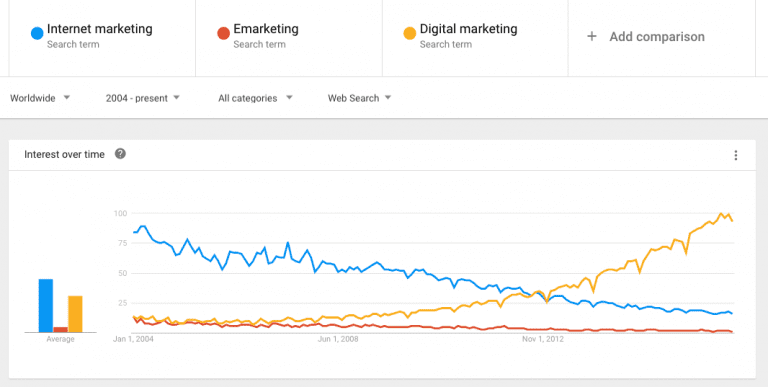

* Captured audio buffers will be provided to the delegate via the captureOutput:didOutputAudioSampleBuffer:fromConnection: delegate method. * Create an audio data output for reading captured audio buffers and add it to the capture session. */ĬaptureAudioDeviceInput = initWithDevice:audioDevice] * Add a device input for the audio device to the session. Set a callback on the effect unit that will supply the audio buffers received from the audio data output.Create an audio data output for reading captured audio buffers and add it to the capture session.Add a device input for the audio device to the session.Note: I've gone through all StackOverflow questions I could find on the subject, two questions came close, but they do not solve this issue. (I've tried logging all I could think of, but I receive no errors from any of the QTKit methods I invoke). What do I need to add/change, in order to get my microscope to work with MyRecorder ? MCaptureAudioDeviceInput = initWithDevice:audioDevice] MCaptureVideoDeviceInput = initWithDevice:videoDevice] QTCaptureDevice *videoDevice = īOOL success = Here's the stripped down MyRecorder (for a better overview): - (void)awakeFromNib MiXscope also works with both cameras (it seems it uses the sequence grabber).

The sequence grabber demo works with both cameras.
MIXSCOPE ALTERNATIVE MOVIE
If I open QuickTime Player and create a movie recording, I get the error message: "Recording failed because no data was received.|Make sure that the media input source is turned on and playing." MyRecorder works fine with my low-cost WebCam, but it only displays black video when I connect the microscope instead.
MIXSCOPE ALTERNATIVE MAC OS X
I want to use the USB microscope with Mac OS X 10.5 and QTKit.

The microscope is actually just another WebCam. Taken together, our findings suggest that the ability of firms to actually reap the synergistic benefits of an integrated system of supply chain flexibility is much more complex and nuanced than previously believed or expected.One is a low-cost WebCam, the other is a low-cost USB microscope both bought from eBay. Additionally, we find that when synergies do exist, external supplier and logistics flexibilities generally tend to enhance the scope of flexible response, while internal flexibilities generally tend to enhance the achievability of a flexible response. manufacturing plants, we find that the extent to which performance enhancing synergies are generated is primarily dependent upon the type of internal flexibility that is paired with supply chain flexibilities. Drawing upon the theory of Complementarity, we examine if simultaneous utilization of both internal and external flexibilities does in fact create synergies that can improve a firm's delivery performance. However, recent studies suggest that the operational challenges associated with meeting this objective may be heavily dependent not only upon a firm's internal modification, mix, and new product flexibilities, but also upon the flexibility of its inbound and outbound supply chain partners. Manufacturing flexibility is often viewed as a strategic capability that enables firms to more effectively meet heterogeneous market demands arising, in part, from increased product proliferation.


 0 kommentar(er)
0 kommentar(er)
